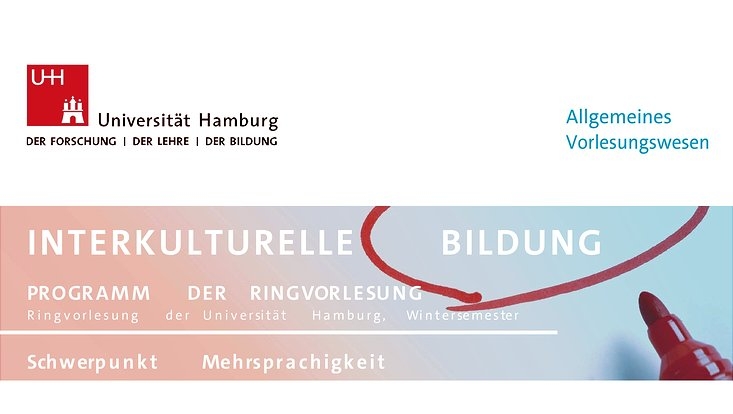A Mixed Method Approach: Comparing ESG Rating Agencies with Qualitative and Quantitative Research MethodsMarina Zelenitsyna
7 January 2020
The ESG rating agencies play an essential role in socially responsible investment serving as data providers to review companies' sustainability performance. Asset managers and investors increasingly rely on ESG ratings while making strategic decisions. However, the assessment processes of ESG raters are still lacking transparency and clarity. Therefore, the leading well-established ESG rating agencies – Bloomberg, MSCI, Sustainalytics, and Thomson Reuters – were compared in the current research with qualitative and quantitative methods to identify differences in their assessment criteria and ESG scores.
This research investigates the divergence in the evaluation methodologies of the selected ESG raters. It provides significant evidence on the existence of controversial ESG scores within the period from 2009 to 2017. In the qualitative part, the four major differences in the assessment processes were defined: the focus of assessment, the definition of materiality, aggregation and weighting systems, and data processing. These differences can potentially influence divergence in ESG scores of selected raters. In the quantitative part, ESG scores were compared to test the significance of controversy. In fact, the results of this study show that the major trends in the sector, such as market concentration, best practices adoption, and improvements in ESG data disclosure and standardization, do not reduce controversy of the ratings.
The results have significant implications for investors, companies, and ESG rating agencies. The detailed analysis of four major contradictions can guide investors to choose a suitable ESG rating approach and apply it in their decision-making process. Also, companies can get better scores if they focus in their reporting on concrete metrics, data processing, and other criteria of the chosen ESG rating agency. Finally, ESG rating agencies can improve the communication on their focuses, criteria, and assessment methodology to minimize confusion and gain trust from investors and other stakeholders.


